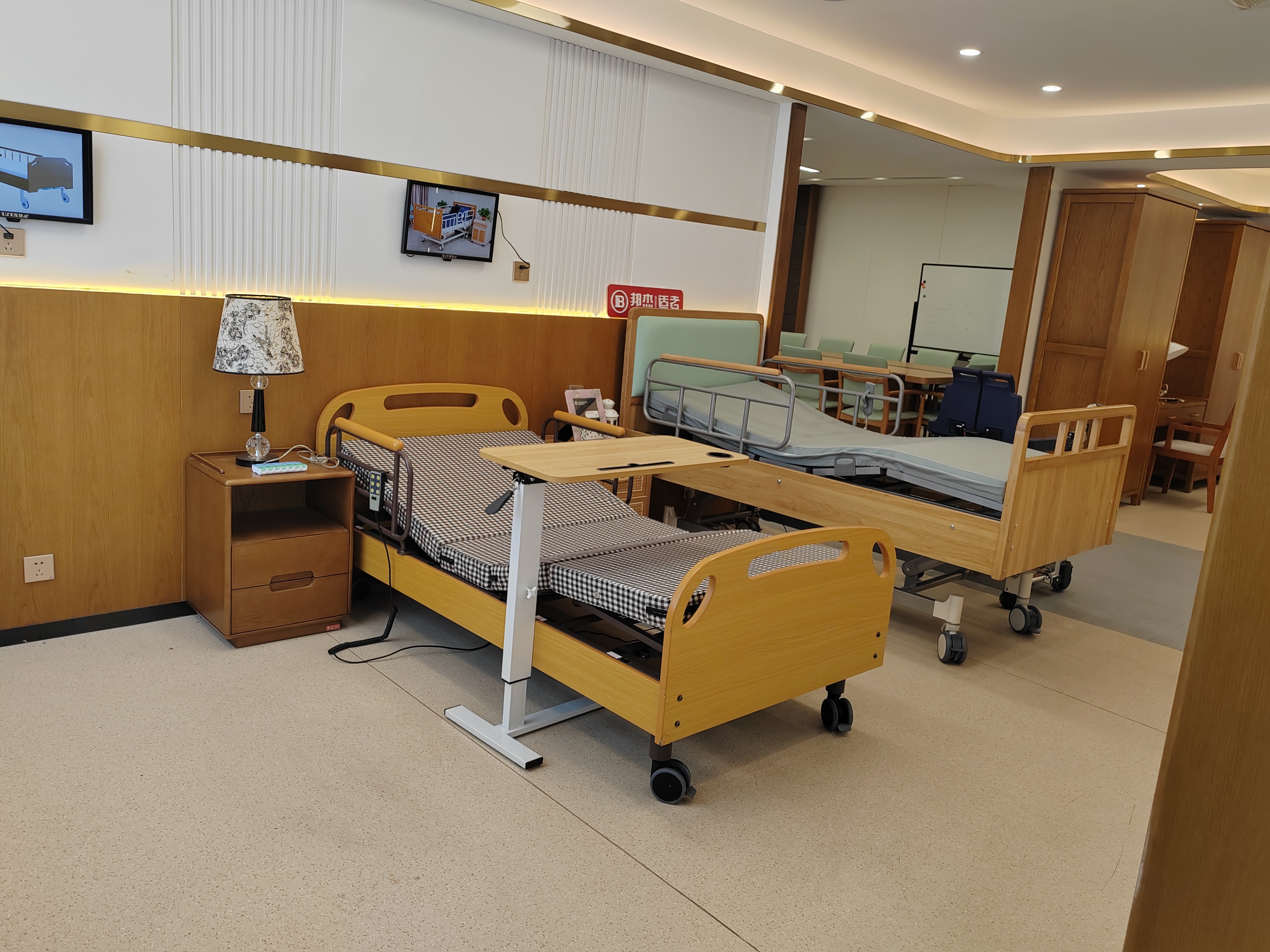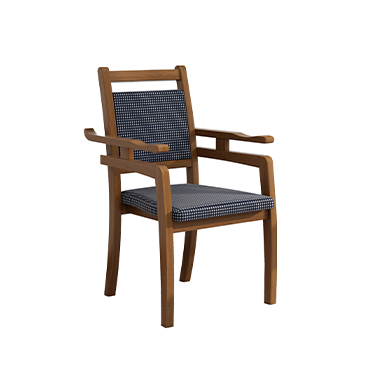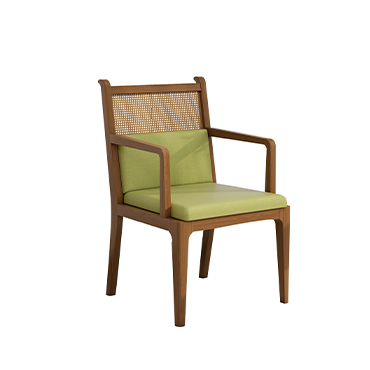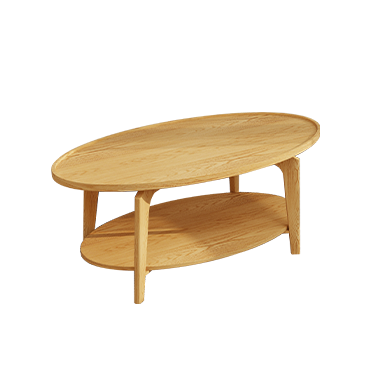The History and Evolution of Elderly-Friendly Furniture: From Tradition to Modern Times
1.Origins: Early Elements of Elderly Care in Traditional Furniture
Ancient Civilizations (Egypt, Mesopotamia, China): Furniture was primarily functional, but often included comfort-focused and ceremonial elements. Though not designed specifically for the elderly, early features like wide seats and stable structures laid a foundation for elderly-friendly thinking.
Shaker Furniture (19th Century, USA): Known for simplicity and functionality, Shaker furniture often featured rounded wood structures and intuitive designs. These characteristics incidentally aligned well with senior users and later influenced accessible design.
2.Industrialization & Modernism: Functionalism Gains Momentum
Modernist Movement (Late 19th–20th Century): Emphasized minimalism, standardization, and utility. This shifted furniture away from decorative styles to more user-centered designs.
Examples like the Thonet No.14 Chair: Lightweight and mass-producible, it pioneered universal seating concepts that would later benefit elderly users.
3.The Rise of Transgenerational Design (1980s)
Concept Emergence (1988): “Transgenerational Design” aimed to create furniture usable by all ages — eliminating age-related stigmas.
OXO Good Grips: This product line, with oversized handles and ergonomic forms, exemplified the success of this inclusive approach in everyday tools and influenced furniture design.
4.The Birth of Dedicated Elderly-Friendly Furniture
Japan as a Forerunner: In response to rapid aging, Japan led the way with specialized home modifications like bathroom handrails, slip-resistant floors, and assistive seating from the 1980s onward.
China’s Rapid Development (Post-2010): The elderly care furniture sector began expanding quickly. By 2022, sales of senior beds and mattresses surged on platforms like JD.com.
Key Types of Elderly-Friendly Furniture:
Active Aging Type: Visually normal furniture with subtle elderly-friendly features.
Assisted Care Type: Equipped with handrails, lift mechanisms, and anti-slip finishes.
Long-Term Care Type: Includes vital sign monitoring, alarms, and caregiver assistance features.
5.The Smart Era: Technology-Integrated Furniture
Smart beds now monitor heart rate, sleep patterns, and off-bed status. Voice-controlled lighting, motion-sensor handles, and home automation offer daily assistance and emergency alerts.
These products not only improve elderly independence but also ease caregiver burden, aligning with public health policy and government incentives.
6.Aesthetic Integration: Respecting Culture and Dignity
In China, modern elderly furniture increasingly integrates Zen aesthetics, calligraphy, and traditional motifs to foster emotional connection and cultural resonance.
Designers emphasize discreet integration of assistive features to avoid stigmatizing the elderly or undermining their sense of autonomy and dignity.
7.Current Industry Landscape and Future Outlook
Growing Market Demand: The aging population, along with supportive government policies (e.g., Japan’s mature subsidy system and China’s 14th Five-Year Plan), is fueling rapid growth.
Corporate Involvement: Leading brands have launched dedicated senior furniture divisions — for instance, TINTAN Furniture began elderly product R&D as early as 1988.
Product Differentiation Deepening: The market is evolving from basic supportive designs to integrated solutions combining aesthetics, intelligence, and emotional care.
Conclusion
Elderly-friendly furniture has evolved from general traditional furniture to specialized, intelligent, and aesthetically integrated products. Starting with basic comfort and safety, it has moved toward transgenerational and smart designs that cater specifically to the physical and emotional needs of older adults.
Looking ahead, as population aging accelerates and awareness increases, elderly-friendly furniture will play a vital role in promoting independence, well-being, and dignity for seniors — becoming an essential part of modern home life worldwide.





